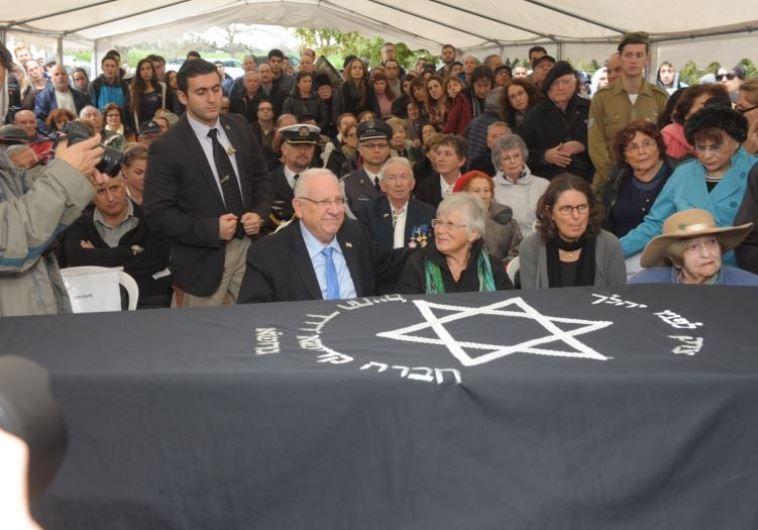Rivlin at funeral for last Treblinka Revolt survivor: Samuel Willenberg was a symbol of heroism
Hundred pay last respects to leader of revolt at Nazi death camp, who died Friday at age 93.
 Funeral for Treblinka Revolt survivor Samuel Willenberg in Udim, February 22, 2016(photo credit: AVSHALOM SASSONI)Updated:
Funeral for Treblinka Revolt survivor Samuel Willenberg in Udim, February 22, 2016(photo credit: AVSHALOM SASSONI)Updated: